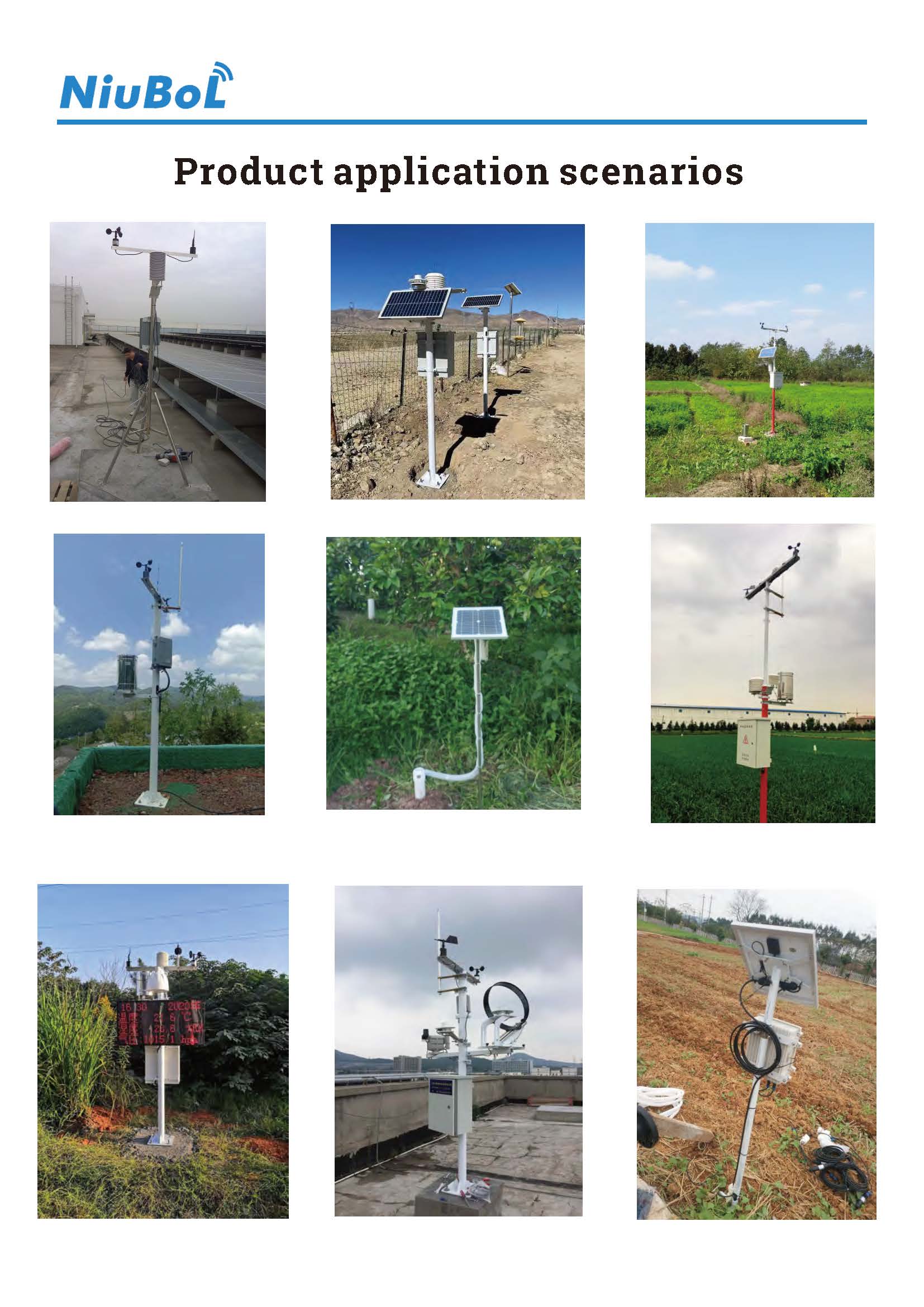

— Blogs —
—Products—
 Consumer hotline +8618073152920
Consumer hotline +8618073152920 WhatsApp:+8615367865107
Address:Room 102, District D, Houhu Industrial Park, Yuelu District, Changsha City, Hunan Province, China
Product knowledge
Time:2025-04-17 17:06:47 Popularity:16
A weather station is a comprehensive system used to collect data on various meteorological parameters such as temperature, humidity, wind speed, rainfall, and barometric pressure. It is typically used by meteorologists, researchers, and enthusiasts to monitor weather patterns and understand local climatic conditions. Weather stations can be set up for both personal use, such as in homes or schools, or on a larger scale for scientific research and weather forecasting.
A barometric pressure sensor (also known as a barometer) is an instrument used to measure atmospheric pressure. Atmospheric pressure is the force exerted by the weight of the air above a given location. Barometric pressure sensors work by detecting changes in pressure and converting those changes into a readable signal, typically in units like pascals (Pa), millibars (mb), or inches of mercury (inHg). These sensors are critical for understanding weather patterns because fluctuations in atmospheric pressure are often linked to weather systems like storms, high-pressure zones, and changes in temperature.
A weather station with a barometric pressure sensor provides real-time data on atmospheric pressure along with other important weather parameters. This type of weather station is especially valuable for:
- Pressure Changes and Storms: Barometric pressure is a key indicator of weather changes. A sudden drop in pressure usually signals the approach of a storm or a low-pressure system, while high pressure is typically associated with fair weather. Monitoring barometric pressure allows for more accurate forecasting and timely warnings about extreme weather events such as hurricanes, tornadoes, and thunderstorms.
- Identifying Weather Fronts: Barometric pressure helps identify the boundaries between different air masses, known as weather fronts. This can predict weather changes such as the onset of rain, snow, or sudden shifts in temperature.
- Determining Altitude: Barometric pressure decreases with altitude, so the sensor can be used to determine the elevation of a location. This is especially useful for outdoor activities like hiking, mountaineering, and aviation, where knowing the altitude is essential for safety.
- Pressure Calibration: The barometric sensor can be calibrated for more accurate altitude measurement, contributing to applications in topographic mapping, geological surveys, and remote sensing.
- Predicting Weather Conditions for Crops: For farmers, weather stations with barometric pressure sensors help in predicting weather patterns, which is crucial for making decisions on irrigation, planting, and harvest times. Changes in pressure can indicate upcoming weather conditions that might impact crop health.
- Disease Management: Shifts in barometric pressure can indicate the likelihood of certain pests or diseases, helping farmers to manage and protect their crops proactively.

- Climate Studies: Weather stations with barometric pressure sensors contribute to climate research by providing valuable long-term data on atmospheric pressure trends and how they correlate with global climate change.
- Geophysics and Seismology: In scientific research fields like seismology, changes in barometric pressure can sometimes correlate with seismic activity. The data from barometric sensors can aid in identifying patterns related to natural events.
- Home Weather Stations: For individuals interested in meteorology, personal weather stations with barometric pressure sensors allow them to track local weather changes in real time, improving their understanding of local climate dynamics.
- Educational Tools: Weather stations are commonly used in educational settings, helping students learn about meteorology, atmospheric science, and data collection.

A weather station with a barometric pressure sensor is an essential tool for accurately monitoring atmospheric conditions. By measuring atmospheric pressure, it helps in predicting weather changes, such as the onset of storms, the arrival of weather fronts, and even climate trends. The value of such weather stations extends across various sectors, including meteorology, agriculture, scientific research, and even personal use. These stations not only provide real-time weather data but also enable advanced forecasting and decision-making. Whether for weather enthusiasts, farmers, or scientists, the integration of a barometric pressure sensor into a weather station enhances its functionality, making it an indispensable tool in understanding and managing the weather.
Related recommendations
Sensors & Weather Stations Catalog
Agriculture Sensors and Weather Stations Catalog-NiuBoL.pdf
Weather Stations Catalog-NiuBoL.pdf
Related products
 Combined air temperature and relative humidity sensor
Combined air temperature and relative humidity sensor Soil Moisture Temperature sensor for irrigation
Soil Moisture Temperature sensor for irrigation Soil pH sensor RS485 soil Testing instrument soil ph meter for agriculture
Soil pH sensor RS485 soil Testing instrument soil ph meter for agriculture Wind Speed sensor Output Modbus/RS485/Analog/0-5V/4-20mA
Wind Speed sensor Output Modbus/RS485/Analog/0-5V/4-20mA Tipping bucket rain gauge for weather monitoring auto rainfall sensor RS485/Outdoor/stainless steel
Tipping bucket rain gauge for weather monitoring auto rainfall sensor RS485/Outdoor/stainless steel Pyranometer Solar Radiation Sensor 4-20mA/RS485
Pyranometer Solar Radiation Sensor 4-20mA/RS485
Screenshot, WhatsApp to identify the QR code
WhatsApp number:+8615367865107
(Click on WhatsApp to copy and add friends)